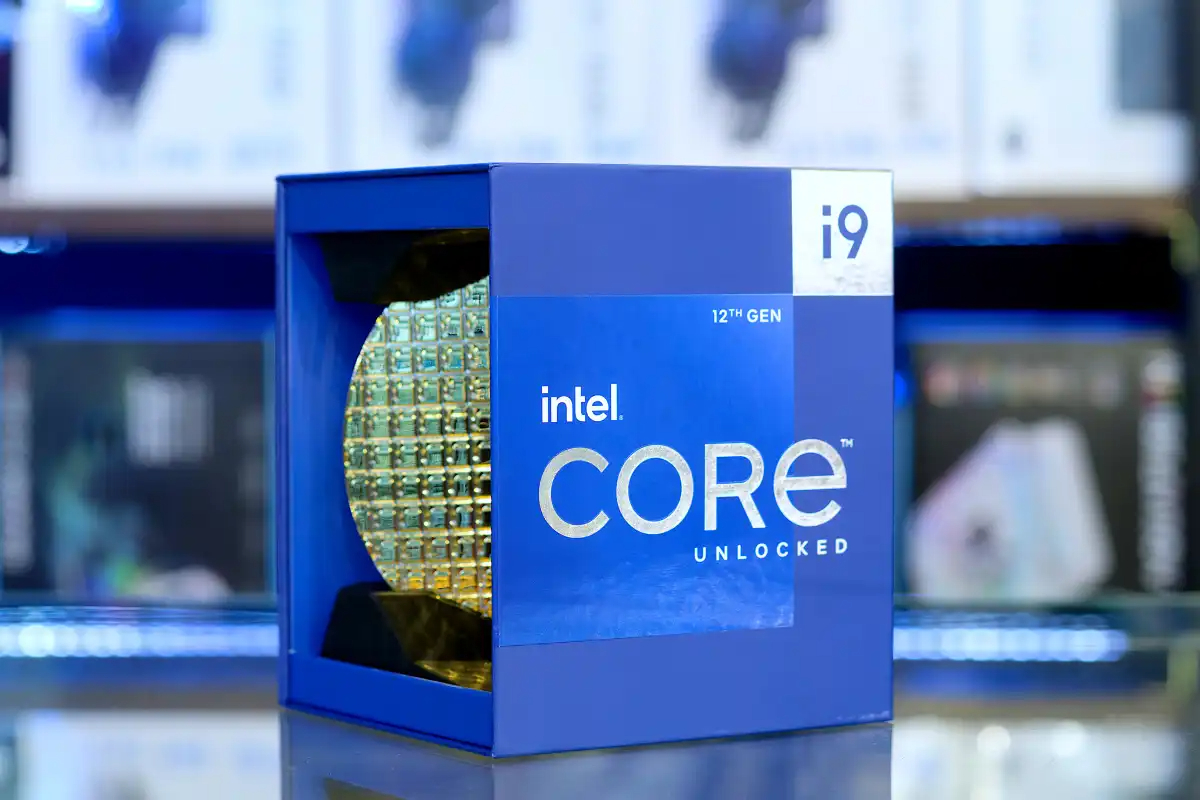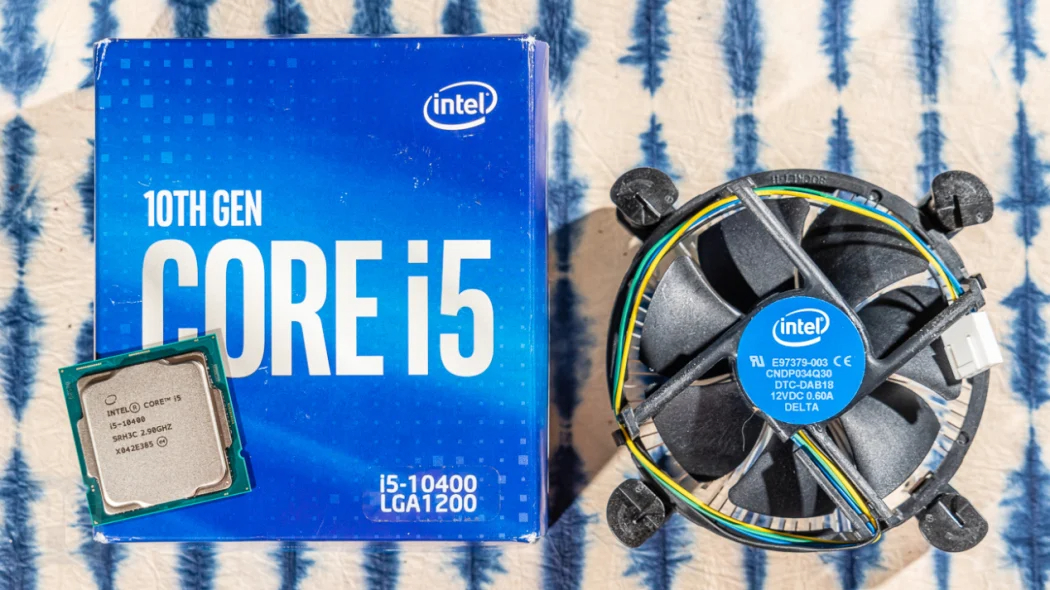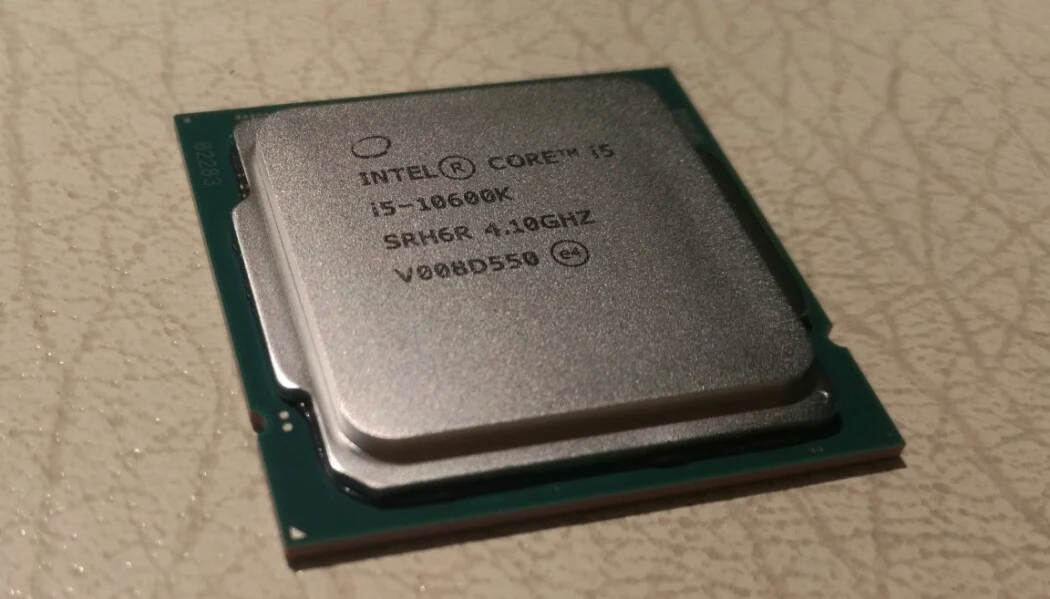The choice between an Intel Core i3 and Core i5 processor can greatly influence your computing experience. While both processors belong to Intel’s Core lineup, they cater to different user requirements and budgets. This article will guide you through the essential differences between i3 and i5 CPUs, helping you determine which is better suited to your needs. We’ll discuss performance and features, price considerations, use-case scenarios, and future-proofing aspects to give you a clearer understanding of which processor to choose.
Performance and Features: i3 vs i5
Core i3: Entry-Level Efficiency
Intel Core i3 processors typically have lower core counts and base clock speeds compared to their i5 counterparts. However, modern i3s are no slouches; they can handle everyday computing tasks with ease. The i3’s performance is sufficient for web browsing, office work, and light media consumption. The latest i3 models also include hyper-threading, which helps in multitasking and improves overall performance in threaded applications.
Core i5: Mid-Range Powerhouse
Core i5 processors are considered mid-range and offer a significant step up in performance. With higher core counts, faster clock speeds, and larger cache sizes, i5 CPUs can handle more demanding tasks. They are well-suited for gaming, content creation, and more intensive multitasking. Some i5 models also feature Intel’s Turbo Boost technology, which dynamically increases the processor’s frequency to improve performance when needed.

Balancing Cost and Capability
Evaluating the Core i3’s Affordability
For users on a tight budget, Core i3 processors offer a cost-effective solution that doesn’t compromise on the quality of everyday computing. They deliver respectable performance for their price, making them an ideal choice for basic home or office PCs where advanced computing power isn’t a priority.
Assessing Core i5’s Value Proposition
Core i5 processors are more expensive than i3 models but offer better performance for the extra cost. They strike a balance between price and capability, making them a smart investment for users who require a more robust system for complex tasks without venturing into the high-end CPU market.

Matching the CPU to Your Activities
Core i3: Best for Basic Computing Needs
The Core i3 is well-suited for users with basic computing needs. If your primary activities include checking email, browsing the internet, using office applications, and streaming video content, an i3 will serve you well without the unnecessary expense of a more powerful processor.
Core i5: Ideal for Demanding Users
For users who engage in gaming, video editing, graphic design, or run CPU-intensive applications, the Core i5 is worth considering. It provides the necessary horsepower to manage these activities efficiently, ensuring a smoother and more responsive experience.

Longevity of i3 and i5
Considering Longevity with Core i3
While Core i3 processors are capable, they may not hold up as well against future software demands. If you plan to keep your system for many years without upgrading, an i3 might not be the best choice. However, it can still be a smart purchase if you’re aware of its limitations and your computing needs are unlikely to change.
Investing in Core i5 for the Long Haul
Choosing a Core i5 processor can be seen as an investment in your system’s longevity. Its superior performance ensures it can cope with more intensive tasks and potentially emerging software requirements. For users who want to future-proof their systems to some extent and avoid the need for near-term upgrades, the Core i5 is a compelling option.

Weighing Performance in Multithreaded Applications
Multithreading on Core i3 vs i5
Core i3 processors typically come with fewer cores and threads than Core i5 models. However, with the introduction of hyper-threading in recent Core i3 CPUs, they can handle multithreaded tasks more effectively than before, allowing for smoother performance in applications that support concurrent processing. Core i5 CPUs, often equipped with more cores and enabling higher thread count, excel in multithreaded environments. This makes them particularly adept at handling complex tasks like video encoding, compiling code, and running virtual machines.
Choosing the Right Processor for Work and Play
If your daily computing involves work tasks that benefit from multithreading, or if you enjoy gaming that leverages multi-core architectures, an i5 will often provide a noticeably better experience. For those who primarily use their computers for tasks like word processing, simple spreadsheets, or other applications that don’t heavily rely on multithreading, a Core i3 will likely suffice.

Considering the Impact on System Heat
Thermal Efficiency of Core i3 vs i5
Every processor generates heat and consumes power, and these factors can impact system design and operational costs. Generally, Core i3 processors have lower TDP (Thermal Design Power) ratings, meaning they generate less heat and can be cooled with more basic cooling solutions. Core i5 processors, with their higher performance, can produce more heat and may require more robust cooling systems. This can be a consideration for users building small form factor PCs or those concerned about electricity bills and heat output.
Balancing System Build and Energy Costs
When building a system, it’s important to balance performance with the cost of energy and cooling. Core i3 CPUs are energy-efficient and can help keep electricity costs down, making them ideal for systems that will run continuously, like office computers. Core i5 CPUs, while consuming more power, deliver more computational strength, which might justify the additional energy expense for power users.
The Role of Upgradability in Processor Choice
Planning Ahead with Core i3
For users who choose a Core i3 but may consider upgrading in the future, it’s important to select a motherboard that supports both current and potential future CPUs. This allows for a straightforward upgrade path to a Core i5 without needing to overhaul the entire system. It’s a strategic way to plan for future needs while meeting current budget constraints.
Core i5 as a Longer-Term Solution
On the other hand, opting for a Core i5 processor could delay the need for future upgrades since it’s already a step above in terms of performance. For users who prefer to build a system that will stay relevant for a longer period without changes, investing in a Core i5 could be the more cost-effective choice in the long run.
Deciding between an Intel Core i3 and Core i5 processor depends on your needs, budget, and future plans. Core i3 CPUs are for those who need basic computing power and want to save costs. Core i5 CPUs cater to users who need better performance and are willing to invest more. When choosing, consider the tasks you perform on your computer. Think about the performance features you prioritize. Also, consider how long you plan to use the system before upgrading. With these factors in mind, you can choose the processor that best balances performance, price, and longevity for your needs.


